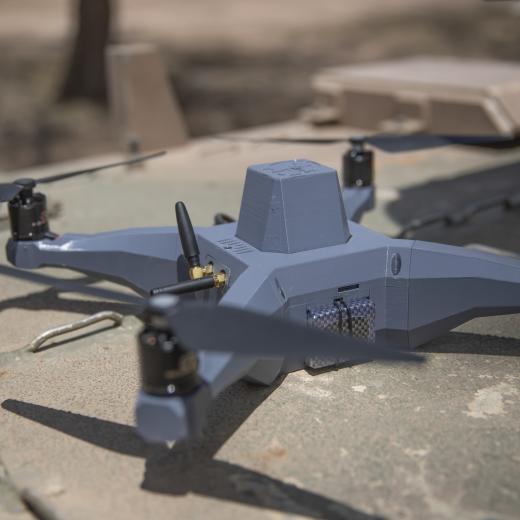BLUF
Hypersonic weapons are likely to change how the military operates, with enormous implications for world stability and peace.Summary
Several nations are rapidly developing hypersonic ( faster than Mach 5) missiles. See US-developed hypersonic missile. Note nuclear ballistic missiles can already reach Mach 20 on re-entering the earth’s atmosphere. See Intercontinental ballistic missiles. There are two types of hypersonic weapons:
Strategic: glide weapons that skip off the upper layers of the atmosphere one or more times.
Tactical: air-breathing hypersonic strike weapons that can travel 100 km in 30 seconds before dropping down to the target and are effective against ships and fixed targets.
Hypersonic weapons raise two crucial questions:
- Will ship-based missile defence systems work against hypersonic weapons?
- Will hypersonic defence missiles allow defenders to shoot down nuclear missiles? (This might make a first nuclear strike more likely? See A successful U.S. Missile Intercept Ends the Era of Nuclear Stability.)
Regarding missiles, consider the balance between strike and defence and what this might mean for Australia.
References
- Feb 2021 US Dept of Defense Defense Officials Outline Hypersonics Development Strategy
- Feb 2021 Defense World U.S. Wants to Co-develop Hypersonic Missiles with Allies
- Feb 2021 Spectrum Don't Believe the Hype About Hypersonic Missiles
- Mar 2021 The Drive US Navy Wants Triple-Packed Hypersonic Missile Modules On Its Stealthy Zumwalt Destroyers
- Mar 2021 USAF Air Force About to Make First Hypersonic Missile Flight, After Recent Failure
- Mar 2021 Forbes China Developing Hypersonic Swarms To Overwhelm Missile Defenses





